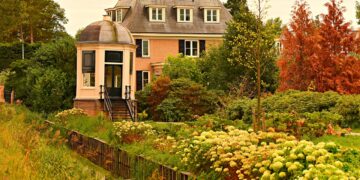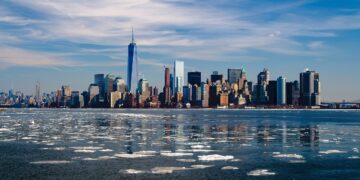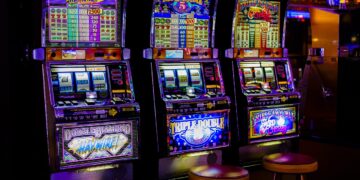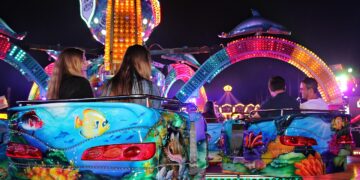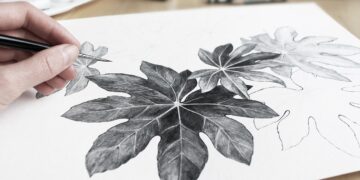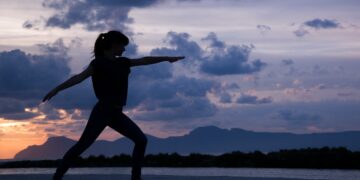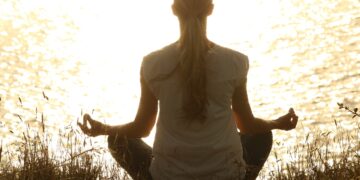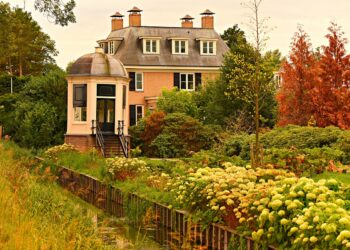Travelling to Thailand
Travelling to Thailand is a Southeast Asian country known for its breath-taking beaches, opulent royal palaces and ornate temples. In the capital, Bangkok, modern skyscrapers stand alongside quiet canalside communities and iconic landmarks like the Grand Palace and Wat Arun.
Consider hiking through the mountainous interior for an authentic Thai experience, or time your trip to experience one of its unique festivals, such as Songkran or Loi Krathong.
Bangkok
The capital of Thailand, Bangkok is the most bustling city in the country. This megacity is full of shopping, entertainment and great food.
One of the most popular attractions in Bangkok is the Grand Palace, a UNESCO World Heritage Site and the top tourist attraction in the country. The palace houses Wat Phra Kaew, the famed Emerald Buddha. If you’re looking to experience the local culture, don’t miss out on attending Songkran (Thai Buddhist New Year), when Bangkok residents take to the streets with water guns and celebrate.
It’s important to be respectful when visiting temples in Bangkok. It is customary to remove your shoes before entering and women should ensure that their shoulders and legs are covered. It’s also important to dress modestly when entering religious buildings. Getting around in Bangkok is easy with the Metro and Skytrain. However, traffic jams are common during peak hours so it’s a good idea to plan ahead.
Chiang Mai
The best time to visit Chiang Mai is between December and February when the weather is hot and sunny with cool nights. The airport is well served by low cost airlines and it’s also possible to lower your carbon footprint by taking a sleeper train from Bangkok (13-14 hours).
Staying in the walled old city is an essential experience. Temples are dotted on every block, narrow alleyways are filled with street art and massage parlors and there’s an abundance of restaurants and cafes to choose from.
Street markets are another must-see and offer the chance to experience Thai culture in a unique way. The best are open on Saturday and Sunday and you’ll find everything from fresh produce to low-cost clothing and handicrafts to delicious snacks and beverages. Getting around is easy with taxis and songthaews (red trucks with two rows of seats) available throughout the city. It’s possible to rent a motorbike for exploring the outskirts of the city.
Kanchanaburi
Kanchanaburi is a beautiful riverside province in the west of Thailand only about two hours from Bangkok. It’s famous for the Death Railway and The Bridge on the River Kwai which are popular tourist attractions but it’s also home to a lot of beautiful national parks.
One of my favourite things to do in Kanchanaburi is visiting Erawan National Park where you can see some stunning waterfalls. It’s also home to a number of elephant sanctuaries and rehabilitation centres where you can learn about these beautiful animals.
Another great thing to do in Kanchanaburi is visit the Hellfire Pass Museum which is an important part of Thai history. It’s very heartbreaking to hear the stories of the soldiers that died during World War 2 but it’s something that needs to be remembered.
Khao Yai National Park
Khao Yai National Park is a wild wilderness that enchants the senses with its many waterfalls, spectacular views and wildlife. The park is also home to a variety of plant species, including rattan and orchids, and there are
several observation towers where it’s possible to observe animal behaviour.
The best time to visit is in the dry season, between November and February, when roads are drier and easier to
travel, waterfalls are at their most majestic and birds and mammals are more active. However, the park is a year-round destination and is well worth adding to any Thailand itinerary.
The easiest way to reach the park is to catch a bus from Bangkok, departing from Mo Chit Bus Station.
The journey will take around 3.5 hours and costs 280 THB per person. The other option is to travel by train, which takes a little longer and costs more but is less stressful. Once inside the park, visitors must pay an entrance fee of
both people and their vehicle at either Chao Por Khao Yai Shrine Visitor Center (Pak Chong Entrance) in Pak
Chong or Noen Hom Visitor Center (Noen Hua Entry) in Nakhon Ratchasima.


